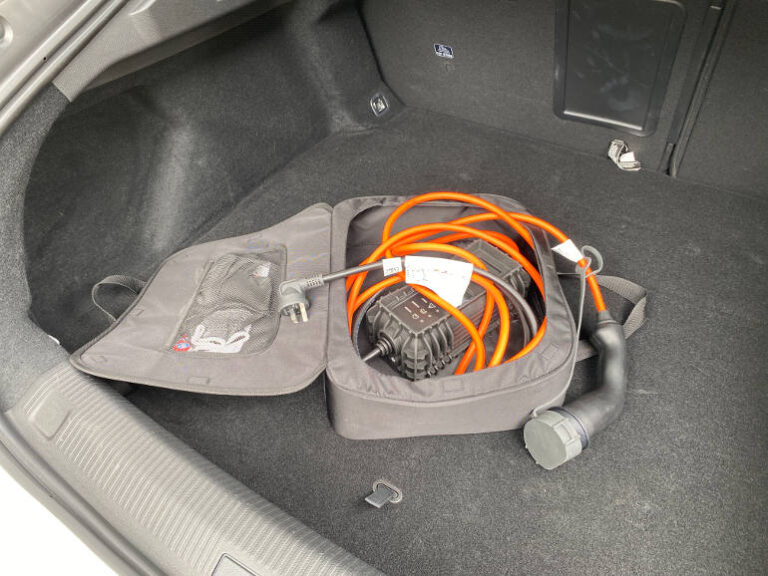The adoption of Electric Vehicles (EVs) in fleet management plays a crucial role in the transition to zero-emissions transportation. Many fleet vehicles are regularly or irregularly garaged at employee homes rather than on business premises. In fact, with the Fringe Benefit Tax exemption for EVs, it is precisely these vehicles which are most likely to transition to electric sooner. But when it comes to vehicle charging, this presents both opportunities and concerns for Fleet Managers.
When cars are parked overnight at an employee’s residence, several charging options are available. It is possible to exclusively rely on fast charging stations, however this approach is the most expensive and not considered optimal for the health of the vehicle’s battery. Additionally, it results in downtime for drivers who need to locate and wait for available charging stations.
Charging during work hours at the workplace requires certain conditions to be met. Fleet vehicles must have sufficient dwell time, i.e., time spent parked at the workplace, to charge effectively. For example, a BYD Atto 3 may take 8.5 hours to charge from empty to full on a 7kW or 22kW AC charger. If a vehicle is required on the road throughout the day, this charging strategy may not be feasible.
Workplaces may consider installing faster DC chargers, but this entails significant installation costs and requires sufficient capacity in both the switchboard and energy supply to the site. Businesses need to evaluate the capital costs of installing charging infrastructure, as well as factors such as property ownership or lease agreements and available physical parking spaces for charging.
For fleets parked at employees’ homes, overnight home charging becomes an attractive strategy. The optimal solution would involve installing a level 2 charger with charger management software. This setup would require an RFID swipe card for authentication, and car charging costs could be easily reimbursed to the employee. However, the cost of the charger, software, and installation could amount to over $4,000, excluding potential switchboard upgrades.
While it is possible to use a level 1 charger plugged into a 15-amp powerpoint, the aforementioned Atto 3 would require 35 hours of charging to reach full capacity, providing a range of 350-450 kilometers. Another consideration is how to compensate employees for the home energy used to charge their cars. Fleet managers may utilise calculators based on distance traveled or hours spent charging to determine appropriate reimbursement.
A third consideration relates to fire safety and insurance responsibility. Although there have been no reported home fires caused by electric vehicles in Australia, it is an as yet untested area that Fleet Managers should take into account when asking staff to charge fleet EVs at home. In the event of a home fire where a fleet EV is connected to an energy source, a home insurer may attempt to assign responsibility to the fleet vehicle and the company insurer.
At the very least, employees charging at home should have their switchboards, circuits, and charging setups inspected by a licensed electrician.
In my opinion, the optimal solution for businesses is to install a 32-amp plug at an employee’s home, either at the business or employee’s expense, along with a portable 7kW charger, preferably one that supports the Open Charge Point Protocol (OCPP) for charger management software. This approach minimises installation expenses, maximises charging speed, enables accurate reimbursement of fuel expenses, and ensures the safest charging practices.
To my knowledge, the Fronius Wattpilot Go is the only portable OCPP charger currently available on the Australian market. Hopefully, more products will emerge in this space soon.
We do advise seeking out professional advice as regards your particular business and fleet needs when considering charging.
Disclaimer: This article does not constitute electrical, financial, or insurance advice. It is advisable to seek professional advice tailored to your specific situation when considering EV charging.






